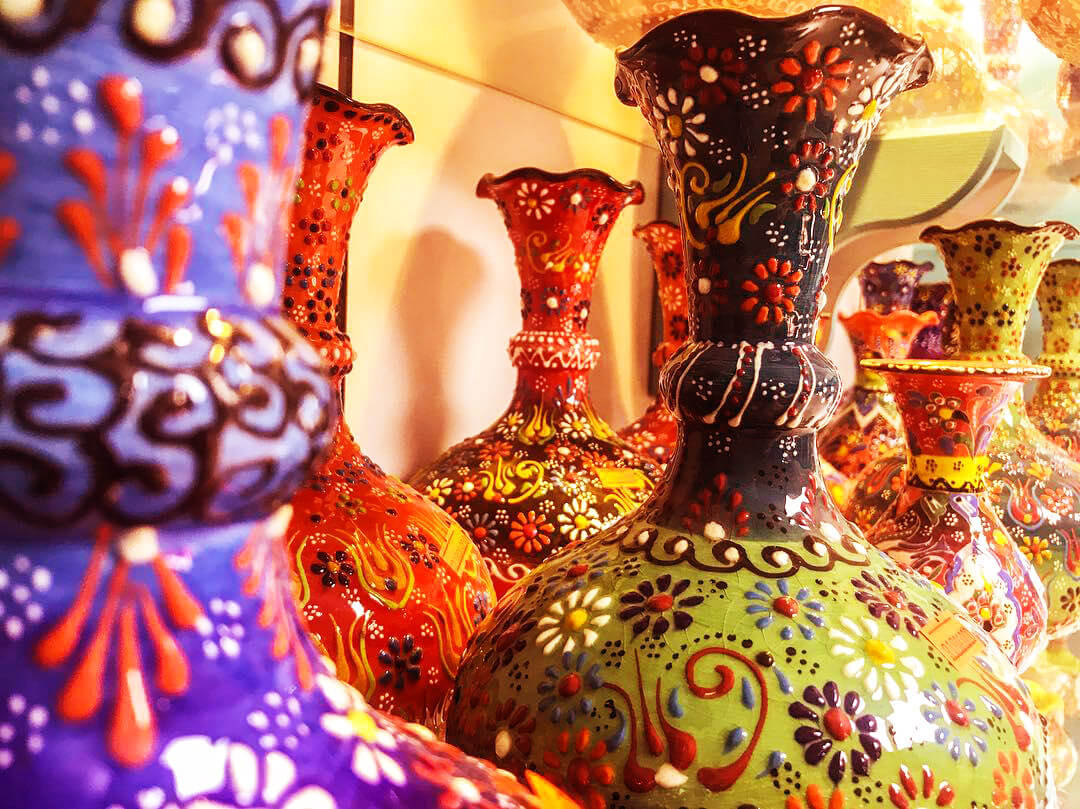Handicrafts of Hamedan city, along with historical monuments, attract the attention of domestic and foreign tourists and are considered one of the best souvenirs of this city.
Despite its 3,000-year historical and cultural background, Hamadan province is known as one of the most important hubs of Iran's artisans and handicrafts artists. Laljin Pottery International City, Malair Manbat National City and Toisarkan (one of Iran's main manbat centers) are located in this province; A province that has the fifth rank in the top handicraft provinces and the second rank in terms of workshops and workers in the field of handicrafts after Isfahan province. On your trip to this province, after visiting Hamedan's sights, visit the handicraft markets to buy souvenirs for your loved ones.
Handicrafts are manual production works using simple tools and tools, which are made according to a plan and often include traditional art and decorative art. This type of industry is usually derived from the culture, art, taste and vision of the people of each nation or region, which is produced using local raw materials and shows us the culture and identity of a nation.
It is interesting to know that out of 267 handicrafts known in the country, 85 are active in Hamadan province. Come with us on a journey through the colorful world of handicrafts in Hamedan and decide what souvenirs to buy on your trip to the capital of Iran's history and civilization.
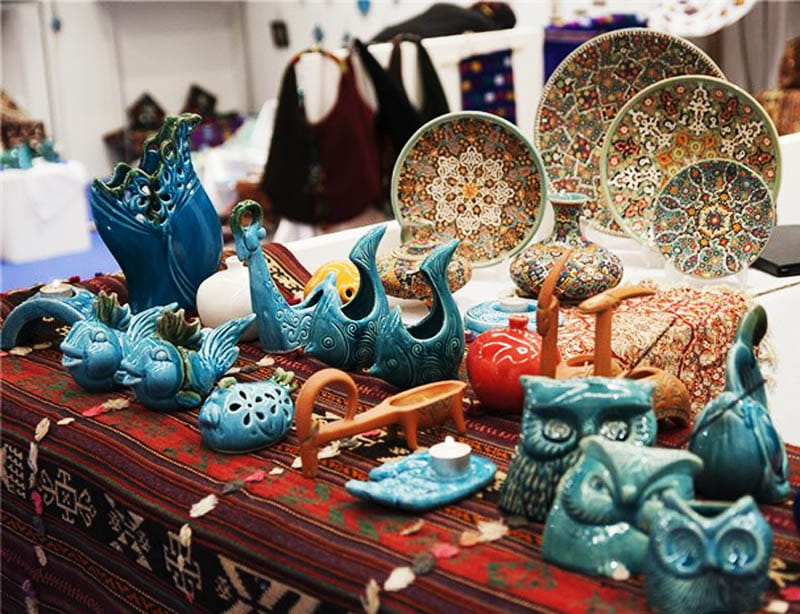
Gold plating and silver plating
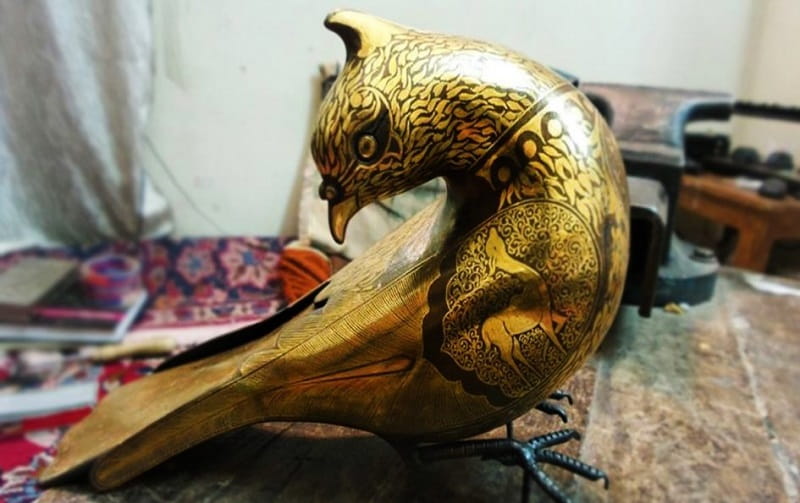
Gilding is one of the decorative, valuable and old handicrafts of Hamedan and has a large audience. A large number of businessmen in this province are engaged in gold mining. In this industry, the artist, with hand tools, engraves or so-called beats different beautiful patterns on thin gold plates or sheets; Outstanding characters that will catch the eye of every viewer. These gold sheets are finally installed on glass, wood and ceramics.
Hamadan's art of gilding and silver gilding includes dishes, statues, gold and silver ornaments, as well as gilding on glass. Gilding has different names due to being placed on different metals; Including gilding on steel, gilding on silver, gilding on glass, etc. Gilded dishes are valued depending on the amount and grams of gold worked and are one of the most expensive souvenirs of Hamadan city.
Production of jewelry
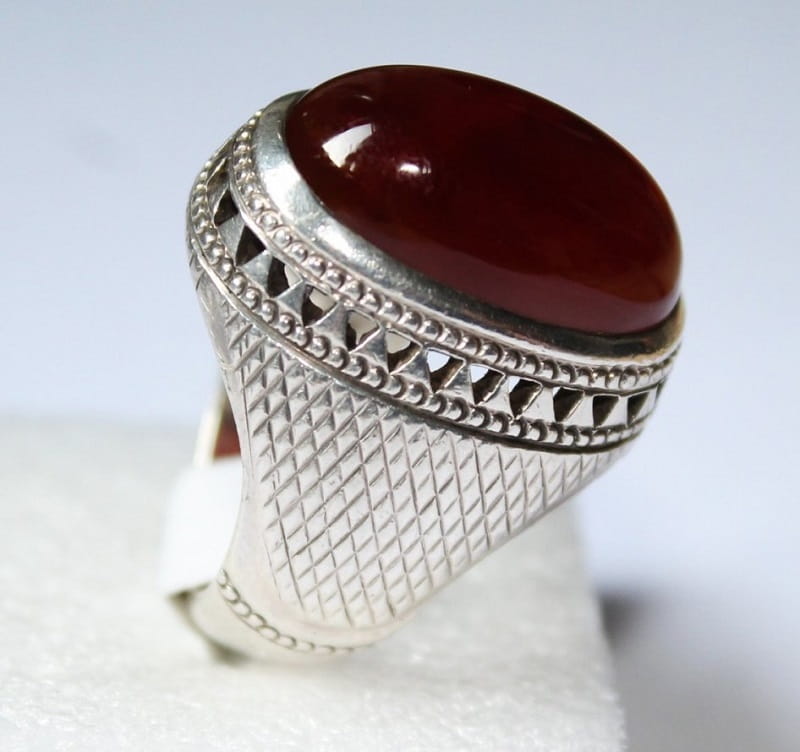
The ring making industry is very popular in Hamedan and rings are the most important ornaments that are made by the artists of this province. Ring stirrups are made of silver and gold in various shapes, and precious and semi-precious stones such as diamonds, rubies, emeralds, jade, turquoise and agate are used to decorate the stirrups.
Gilding on glass
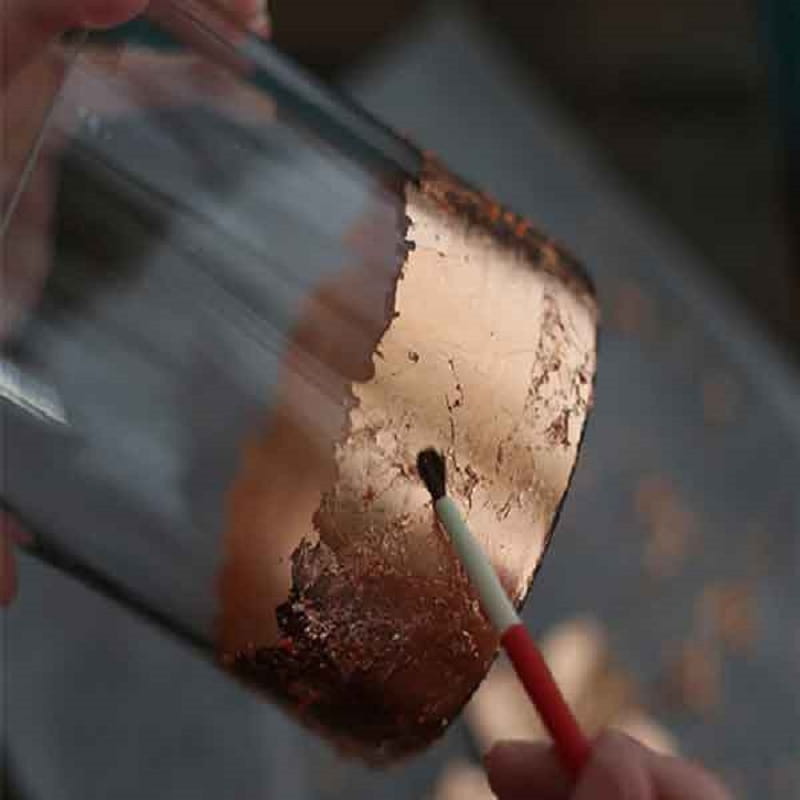
Gilding on glass is one of the special and unique arts of Hamadani. In this art, Hamadani artists decorate the body of traditional glass containers such as gulabpash, chocolate bowl, chandelier, and fruit bowl with special delicacy and precision, with gold water and traditional motifs, slimi, khatai, and flower and bete. You can go to the cities of Hamedan, Malair and Laljin to buy gilding products on glass.
Laljin pottery
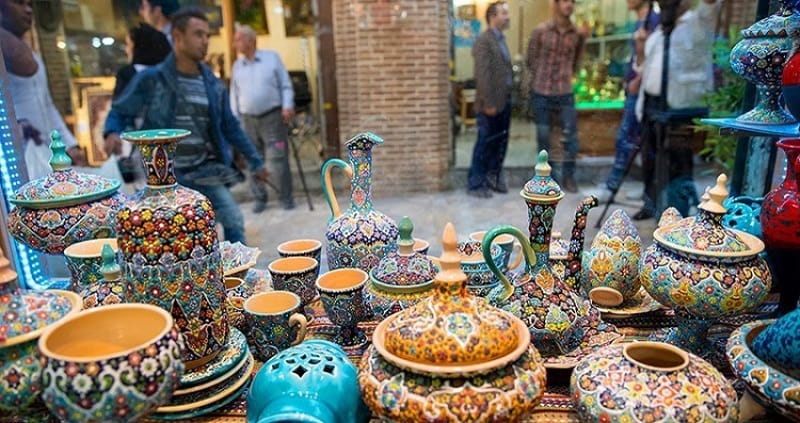
Making clay items is one of the first arts that man learned and in this way, he made the items needed in his life. Pottery and ceramics is one of the most beautiful and well-known handicrafts of Hamedan, which has a worldwide reputation, and pottery objects in different colors and designs are the first thing that are seen in the markets and handicraft markets around the historical monuments of Hamedan.
About 2,408 workshops and more than 6,296 people working in the workshops of the cities of Hamadan province (Hamadan, Malair, Nahavand, Toisarkan, Rezen, Bahar, Derfamanin, Kabudarahang and Asadabad) are engaged in pottery production. Laljin city is the most important pottery production center in Hamadan province and is known as the pottery capital of Iran. This city is located in the north of Hamadan province and accounts for more than 20% of the province's pottery exports. The pottery produced in this area is of high quality and originality, and the people of Laljin still use handwheels to make pottery.
Pottery objects in different colors and designs are the first thing to be seen in the bazaars and handicraft markets around Hamedan's historical monuments.
The history of pottery in Laljin Hamadan dates back to more than 700 years ago. Some residents of this area attribute the naming of the city to the time of Genghis Khan. When his army entered present-day Laljin while passing through Hamedan and sent a group of people from the city to China to learn the art of pottery from the artists of that country. After learning pottery, this group returned to Laljin and hence named this village "Lale Chin".
Consumable dishes, decorative dishes, painted or unpainted glazed ceramic products, clay paintings and sculptures are the most popular and best handicrafts of Hamedan; Of course, the combination of pottery with other arts such as wood, leather, fabric, flowers, inlays, enamel work, etc. are also options that tourists show great interest in. Laljin pottery is divided into two parts from the point of view of the date of manufacture; The first group was made until about 80 years ago and the other group was made until 30 years ago. The difference between these two groups is obvious in terms of the shape of the bowl, the glazes, the patterns and the pen method. In the first part of Laljin pottery, the bowls were a little bigger and had wider mouths and had more patterns and variety of glazes. In this group, writings were done with more precision and elegance.
Polychrome tiles
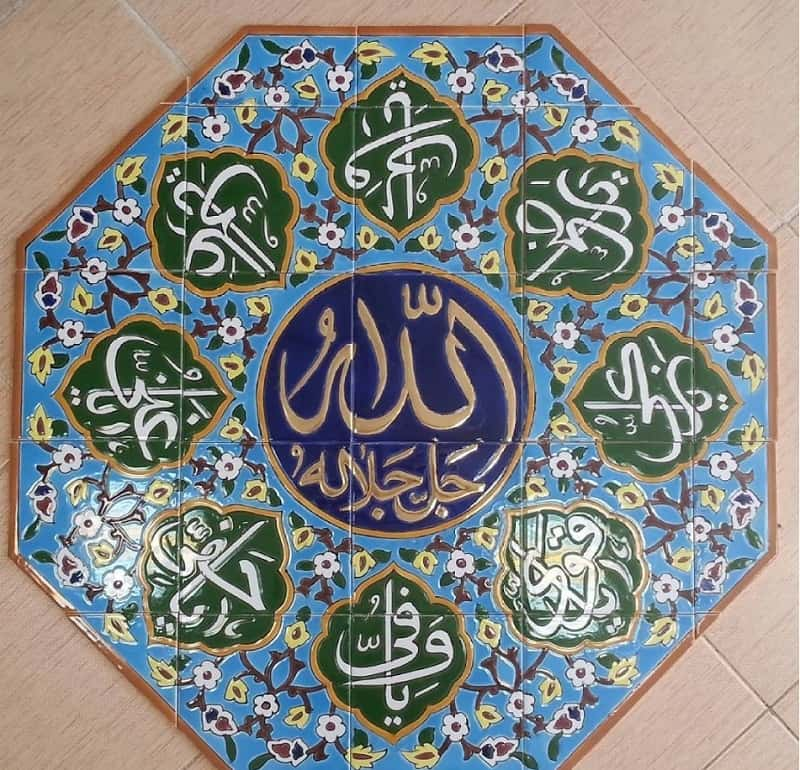
Seven-color tile or inscription tile is another handicraft of Hamadan province, which is produced in very beautiful designs and motifs and decorates the walls of mosques, pilgrimage and cultural places with it. Hamedan and Laljin are the main producers of this tile.
Hamadan Wood Industries

Hamedan wooden crafts are one of the best souvenirs of this province. The production and supply of wooden crafts was common in Hamedan in the past and this art is popular in the cities of Hamedan, Malayer, and Tuiserkan. Among the famous wood industries in this province, we can mention turning, joinery, carving, frame making, and inlaying.
Melair sofa and inlay
Malair furniture is another handicraft of Hamadan province, which is very famous. More than 63% of inlaid sofas in the whole country are produced in the city of Malair, and the products of this city have many fans in the neighboring countries. Every year, a festival called Malair Furniture and Carving Festival is held in this city and tourists and natives go to Malair to participate in it. More than 4,500 small and large inlay workshops are active in Malair.
Carving, which is included in the branch of wood handicraft arts, is done by carving wood and creating artistic heights and heights on it. The history of this art in Iran dates back to several thousand years ago and the works of this art can be seen on the handles of swords, spears and wooden shields of the Medes and Achaemenid armies. It is said that carving started in the city of Malair in Iran. In 2011, this city was registered as the national city of carving and the capital of furniture and carving in Iran in the list of handicraft cities of the country. Malair flower and bird inlay is one of the oldest styles of inlay in Iran. Carving has also flourished in Tuiserkan and Jokar Malair in recent years.
Malayer is registered as the national inlay city and the furniture and inlay capital of Iran in the list of handicraft cities of the country.



 Inlaying is one of the most beautiful arts in the category of wood crafts. In this art, very delicate and thin slices of decorative wood, shell and ivory are arranged together to create beautiful designs on the wood. At the end, the mosaic looks like a miniature painting. The products of this art can be purchased in the cities of Malair, Tuiserkan, Nahavand and Hamedan.
Inlaying is one of the most beautiful arts in the category of wood crafts. In this art, very delicate and thin slices of decorative wood, shell and ivory are arranged together to create beautiful designs on the wood. At the end, the mosaic looks like a miniature painting. The products of this art can be purchased in the cities of Malair, Tuiserkan, Nahavand and Hamedan.
woodturning
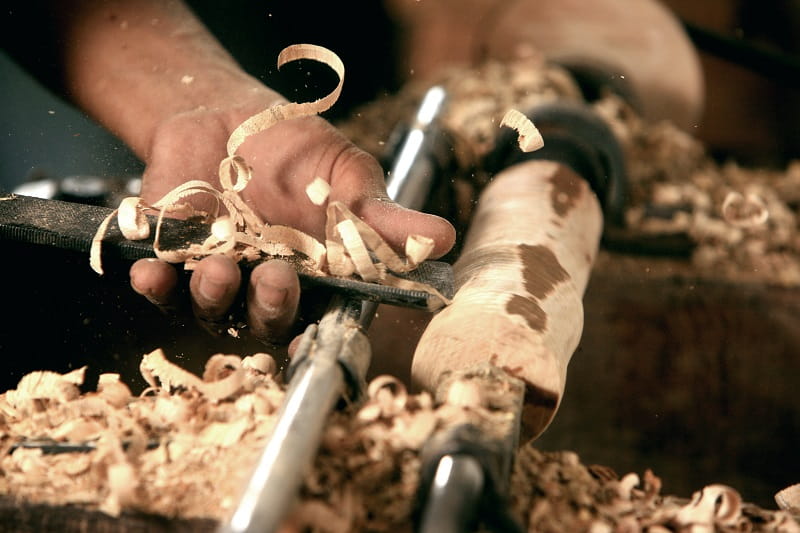
The art of wood turning is the art of carving special wood by hand in various shapes. This art, which dates back to three thousand years ago, can be seen in many countries and cities in Iran. Kharati is one of the old Iranian handicrafts, which is usually more common in areas of the country where wood is found more. In the art of turning, objects are usually made symmetrically; Of course, nowadays non-geometric and non-symmetrical shapes are also seen in turning.
framing
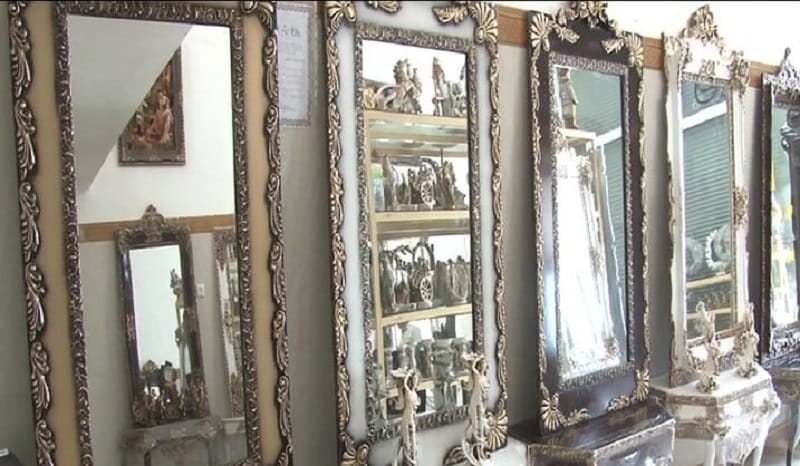
Wooden frames are one of the best handicrafts of Hamadan. Hamdanis decorate the body of the frames with beautiful and traditional designs by inlaying and engraving on wood or a mold to produce luxurious frames. Frame-making artists are mostly working in Kaj village in Rozen city, Hamedan, Malair and Tuysarkan cities.
Coppersmithing and writing on copper
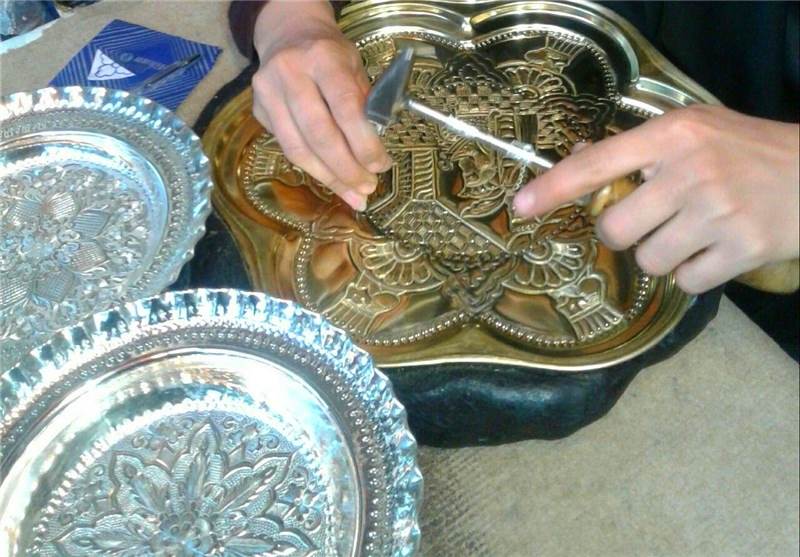
Coppersmithing is one of the old Iranian handicrafts dating back to five thousand years ago, and many handmade copper objects and dishes from the distant past can be seen in museums. It is said that the first metal discovered by humans was copper and the first metal workers were Iranians. Making copper utensils and utensils has been popular in Hamedan for a long time, and all kinds of pots, bowls, plates and other kitchen utensils are among the products of artists in this field.
In the art of calligraphy, the artist creates lines and patterns with a pen and a hammer on various metals such as copper, gold, silver, and brass, and tries to make the simple dish as beautiful as possible. Copper dishes are usually polished with an alloy of tin and zinc.
Instrumentation
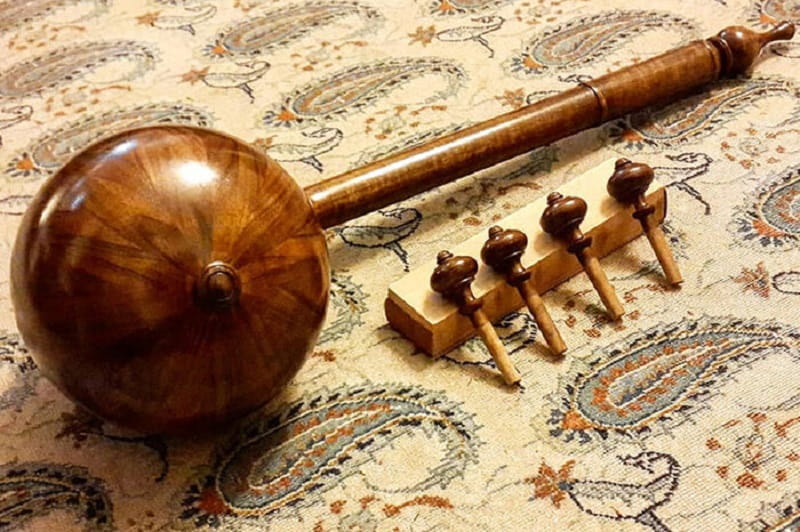
It is common to make all kinds of traditional instruments using special wood in the traditional way in Hamadan and some other cities of this province. Instruments such as three strings, centaur and def.
Metal Industry
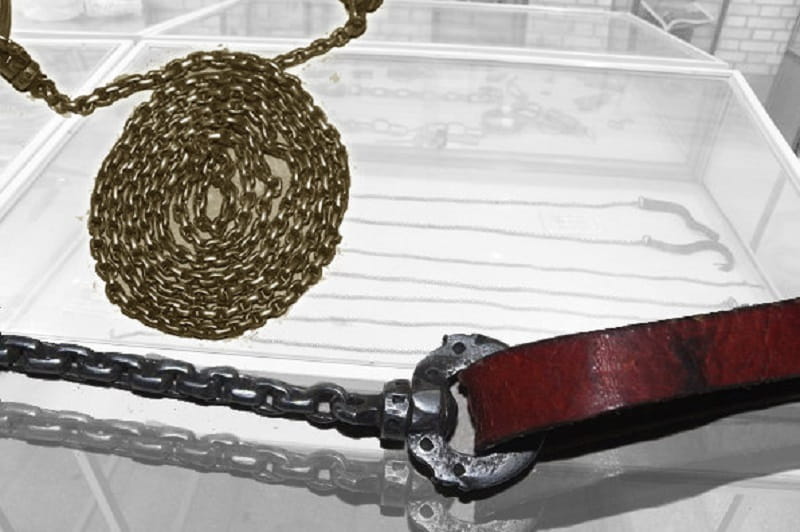
Metalworking and making metal artefacts is one of the common jobs in Hamadan province. These artifacts are used in forging, knife making and chain making industries. In chain making, all kinds of chains are produced in Hamedan in different sizes using steel wires.
Among the other metal industries of Hamedan province, we can mention the making of metal tools in the traditional way, such as knives, sugar breakers, knives, pencil sharpeners, etc., from steel sheets, and decorating the knife handle with shells, wood, or deer horns, and covering the metal body with a layer of chrome.
Leather products
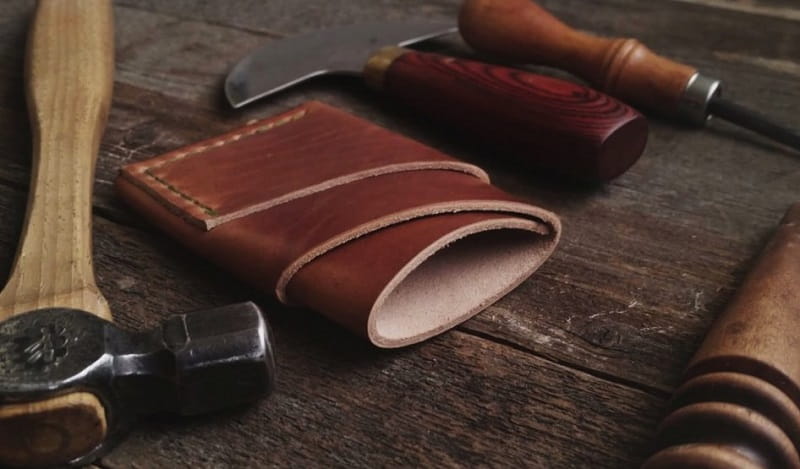
Hamedan province has a long history in the field of animal husbandry due to its favorable climate, and the history of leather production in this region goes back more than three thousand years. In the past, the city of Hamadan was also known as tannery, and the first leather factory in Iran was built in this city by "Arbab Ardashir Yegangi" known as "Arbab Ardashir Yegangi" in 1311.
Hamedan was the hub of Iran's leather industry and its leather products were exported to other countries as well. But nowadays, many workshops for animal skin tanning have been closed in this city. Belts, bags, shoes, key chains and clothes are among the leather products in Hamedan; High quality products that are exported even to European countries.
In the past, the city of Hamadan was known as Tannery and the first leather factory of Iran was built in this city
"William Jackson", an American orientalist, wrote about this city in 1281 after his trip to Hamadan:
Merchants refer to this city as Iran's warehouse. Among the commercial goods, leather goods should be mentioned; Because Hamedan is the city of tanneries and Hamedanians are famous for making and processing cow and sheep skins and making useful and luxury items from them.
pearl weaving

Pearl weaving is one of the old handicrafts of Malair and some of its villages (Qashlaq, Gorab and Davijan) dating back to 10 years ago, which has a large share in the export of this city. Among the pearl weaving products suitable for souvenirs, we can mention all kinds of baskets, hats, TV tables, furniture, telephone tables, etc. Marwar (red willow) is one of the 17 forms of willow in the world, which is planted in parts of Hamadan province; A high-quality plant that has leaves suitable for the texture of all kinds of rattan products. Pearl weaving is also popular in other cities of Iran; Of course, they get the pearls they need from Hamadan province.
The method of weaving pearls is that they first separate and clean the appropriate pieces. Then they are classified according to thickness and placed inside a water tank or pot to get wet and become flexible. After half a day, the pearls are peeled and sliced. The pearls are then turned into things similar to carpet threads and woven by pearl weavers.
Wijeh" or Tijeh is the most famous pearl weaving product of Malair and Nahavand. These local long baskets are used to move grapes in gardens. Another smaller pearl weaving basket was also used in Hamedan villages in the past; A basket that was prepared as a place for cosmetics or a place for needles and threads for newly-bride girls.
Hasir weaving is very similar to pearl weaving and is common in Hamadan province. This ancient profession includes a variety of products that are made using fibers, stems and branches of various plants.
